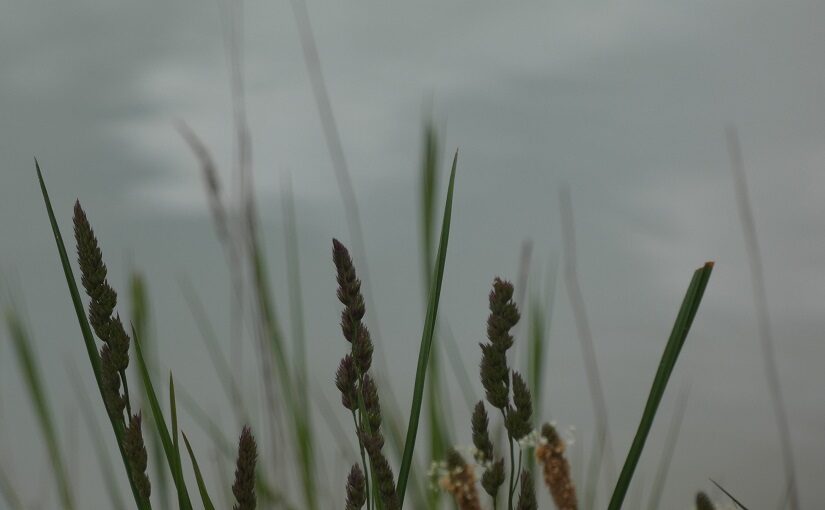In our minds, how clear are the lines between reality and illusion? Taking it that culture, broadly speaking, is a form of symbolism standing in for reality and somehow helping us navigate it, how blurred are those points where it touches on the realities of our lives but doesn’t quite stand honestly within them? If we’re not clearly delineating between what’s real and not, how much does this process really help us?
Sometimes it just seems we’re surrounded by such compelling, emotive versions of reality that we might actually be blinded to perceiving life realistically (Notes One). Aren’t we presented with overviews and insights “real life” never offers? The kind of comprehensive arc of causality and intimate details of character that life, in all its complexity, conceals. As if “this” is a better, clearer take on our lives.
What does it do to the mind when it sees all these vivid depictions of things that seem close to “real” but aren’t? Might it not seep in to subtly upset the delicate balance that is our understanding of life? Planting seeds of doubt, distrust or undeserved faith. Desensitising us, perhaps, to the very real realities, problems and traumas people are actually experiencing in their lives. (Notes Two)
Might we not become cold or callous? Dismissing death or injustice as just another drama in the arc of existence. Forgetting the need to accompany life’s realities with emotions that reflect the true suffering those around us are living through. Or, perhaps, lighting fires under our indignation at inequalities brushed aside. All these ways our grasp on reality might be shunted slightly out of alignment.
If, as humans, our minds are where we make sense of life and shape our responses to it, what does it mean if those minds are filled with distorted reflections? This strange prism of disproportionate, amplified, strangely configured facts or events that “seem” like the world we’re in but somehow aren’t. How will we then “read” the realities around us? How will we feel about what we see? (Notes Three)
Of course, much of it’s probably done with the best of intentions by people hoping to challenge our perceptions, raise awareness of important issues, and lead us to think about the forces at work in our lives. This timeless role “culture” has of helping society understand itself and chart wise paths into its future. (Notes Four)
Within it all, though, what does it do to us as human beings? How well does it support a rational interpretation of reality and help us track alongside it with balanced, compassionate emotions? What’s it like to live life surrounded by visions of society’s demise and these menacing threats lurking through the world around us – all the real or imagined darkness contained within things? (Notes Five)
Might we not start to accept such versions of reality as real? Responding in the light of such thinking and, therefore, bringing different things to life through the paths we’re choosing to walk. Where might that lead?
Notes and References:
Note 1: What’s the idea with culture?
Note 1: Do the “lies” blind us to truth?
Note 1: Art as a way to subvert or inspire
Note 2: The stories that we hear
Note 2: What’s the right mindset for news?
Note 2: Overwhelm and resignation
Note 3: Emotion and culture’s realities
Note 3: Information might be there, but can we find it?
Note 3: It resonates, but should it be amplified
Note 4: Navigation, steering & direction
Note 4: Everything culture used to be
Note 4: Learning from the past, looking to the future
Note 5: Effect, if everything’s a drama
Note 5: Do we know what we’re doing?
Note 5: Dystopia as a powerful ideal

